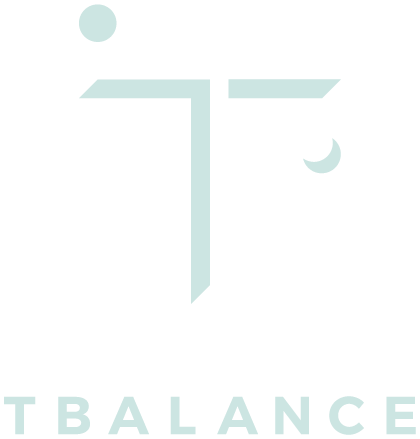TBALANCE BLOG: WHERE STRESS GETS STUCK IN THE BODY — AND HOW TO RELEASE IT
Pressure in your Jaw / Head and Ear:
Are you a teeth clencher? Or do you grind your teeth? Then you likely store stress in the jaw. The masseter muscle is your primary chewing muscle that covers the sides of the jaw just behind the cheeks. It’s also the muscle that clenches your jaw and grinds your teeth during times of stress. Stress in this area can lead to tension headaches and occasionally earaches and toothaches. But it’s actually quite easy to massage stress pain away from this area. The masseter muscle hangs from the underside of the cheekbone on the side of the face. First, locate a notch in the cheekbone, about one inch in front of your ears. Press with your thumb firmly inward and upwards in the cheekbone notch. You should feel a slight ache. Now with firm pressure, gently massage. You can also open your mouth wide to release more tension from this area.
Neck and shoulder tension:
Yoga is an ideal way to relieve stress from the neck and shoulders. Begin by sitting in a traditional seated position on the floor or in a chair. First drop your chin down towards your chest. Now interlace your hands behind your head and let your elbows fall in towards each other. Don’t pull or force your elbows together. Simply breathe deeply and release any clenching from your jaw or brows. Now, on your next inhale lift your chin and open your elbows — your back should be straight. As you exhale drop the chin and close the elbows.Now interlace your hands behind your lower back. Bend both elbows and pull your hands to your left waist. Inhale and sit up tall. As you exhale drop your left ear to your left shoulder. Breathe easy and deep. Now lift your head and turn your neck towards the same left shoulder. Continue a relaxed breathing. Repeat all moves on the right side.
Chest pressure:
Often times, when we hold stress in this area, your breath becomes shallow and your heart begins to race. Chest pain is often linked with anxiety, and can even sometimes lead to panic attacks. To release stress from the chest try some deep breathing.Deep breathing is one of the best treatments for chest tightness. Breathe deeply through your nostrils, while focusing on your breath. Don’t focus on the tightness or discomfort in your chest, in repeat these 6 steps:Inhale slowly for five seconds.Exhale slowly for two seconds.Inhale for five seconds.Exhale for four seconds.Inhale for five seconds.Exhale for six seconds.Continue to breathe this way until you are exhaling very slowly for 12 seconds. By the end, you’ll be much more relaxed. Deep breathing should be your first action in dealing with chest tightness that leads to anxiety.

